I am SUPER excited about today's post. My new Twitter buddy, David Etkin (@davidaetkin), generously agreed to share a post about Reading Partnerships and Clubs once I hit 100 followers.
The Case for Reading Partnerships and Clubs
Forming
reading partnerships and book clubs with young students is challenging. How do
I partner the students—By interest? Reading level? Friend requests? And once
they are in these groups, how do I help them to set reasonable goals? How can I
keep their conversations moving forward? What do I do about the student who doesn’t do his reading?
Surely, there are many questions. But I’m persevering in my book clubs plan because this I believe: Some of the most powerful reading we do is partner reading.
(These pictures are the students reading on the first day after they
choose their books. After this first day, reading and preparation is done
independently.)
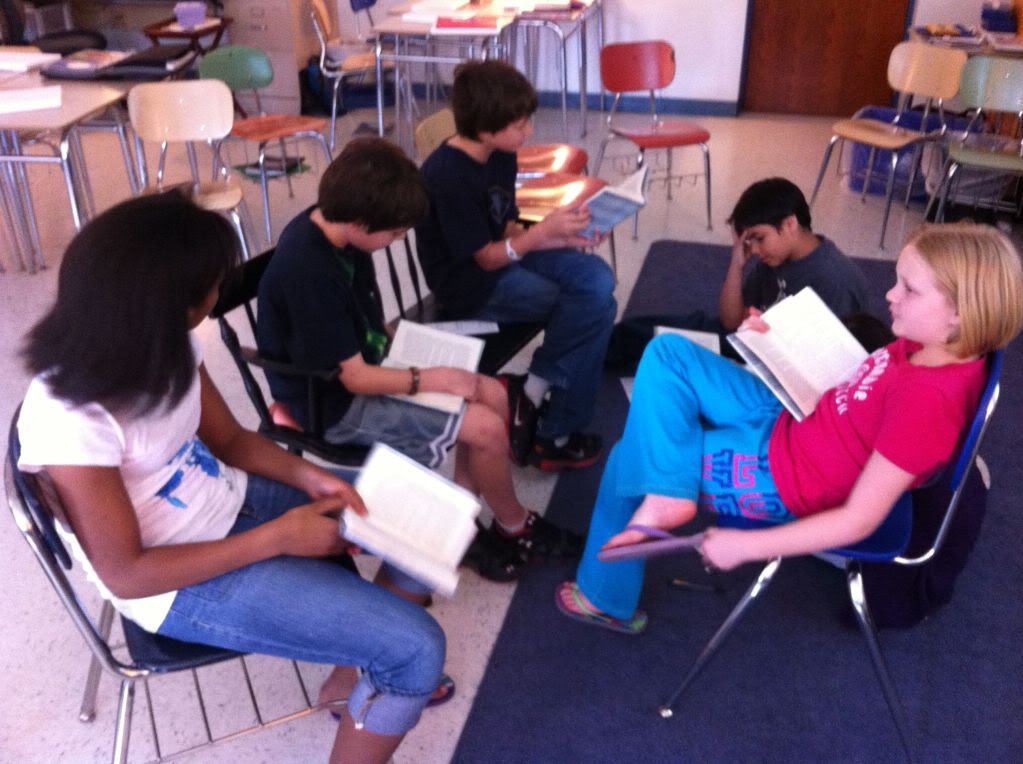 |
 |
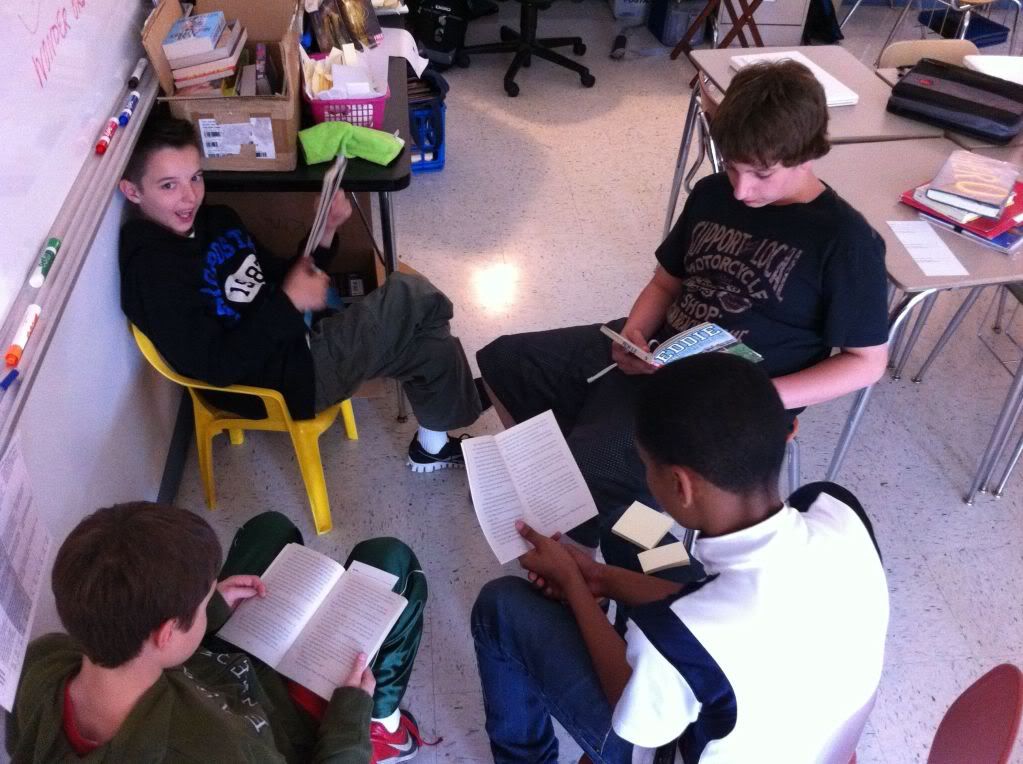 |
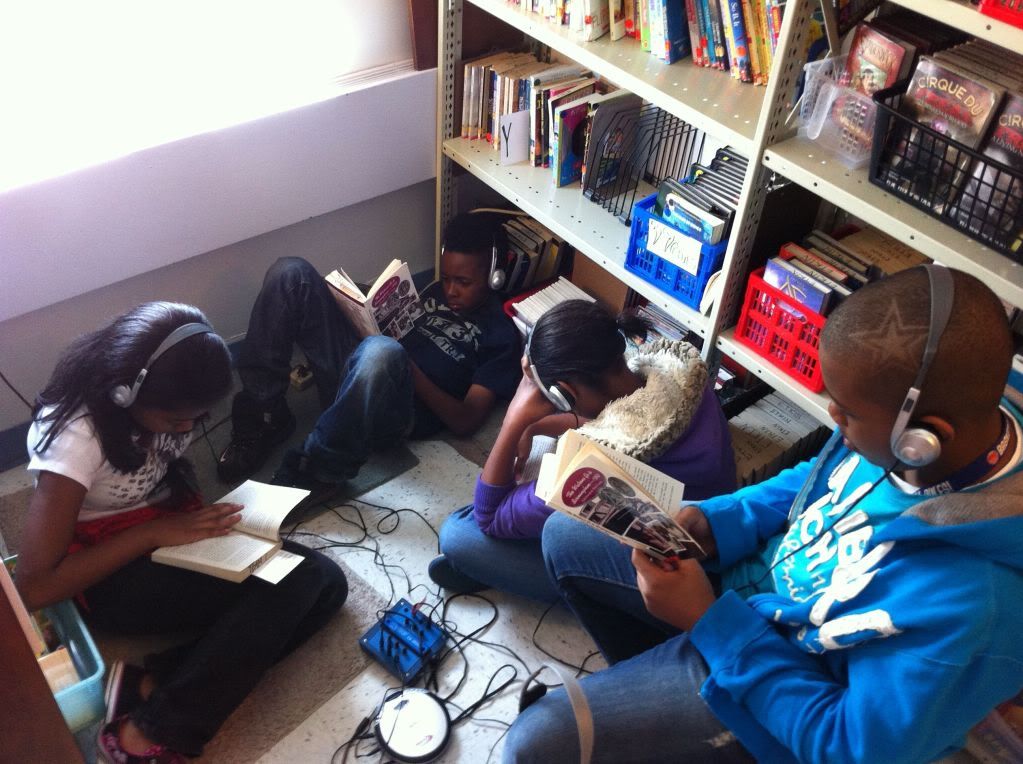 |
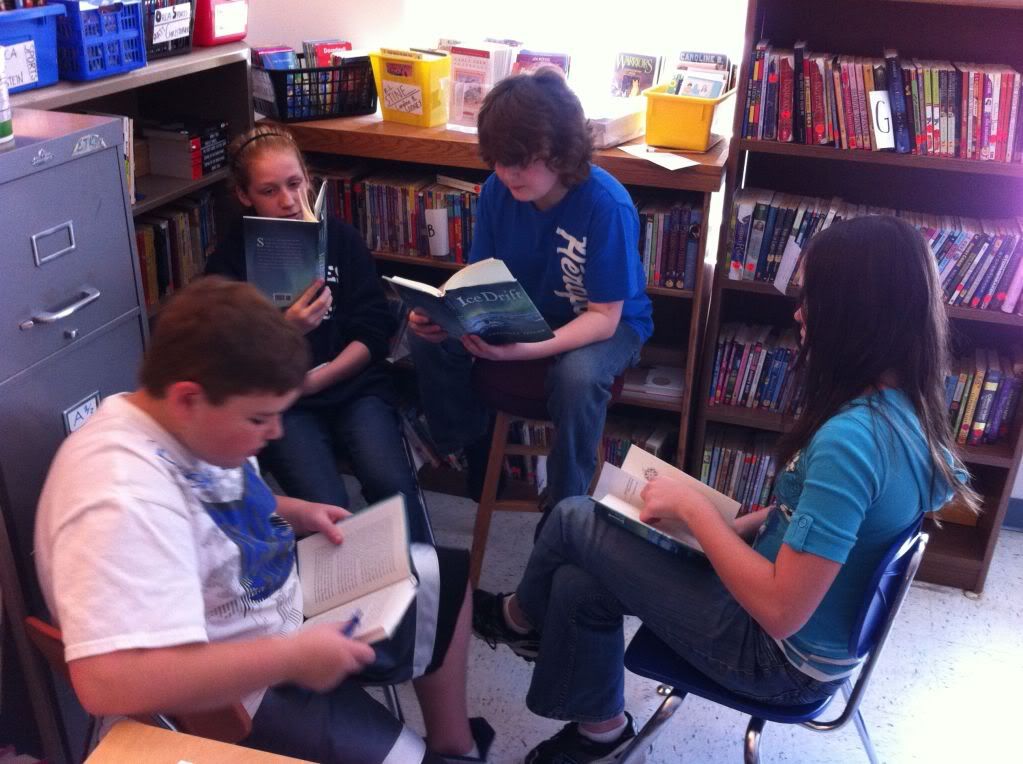 |
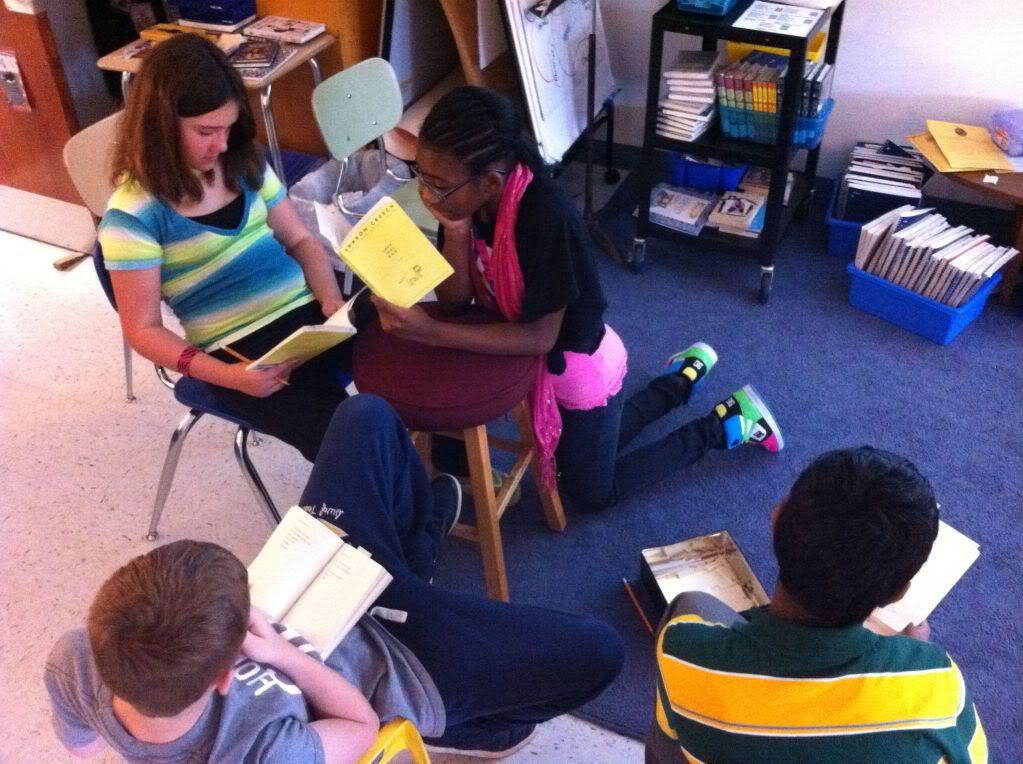 |
 |
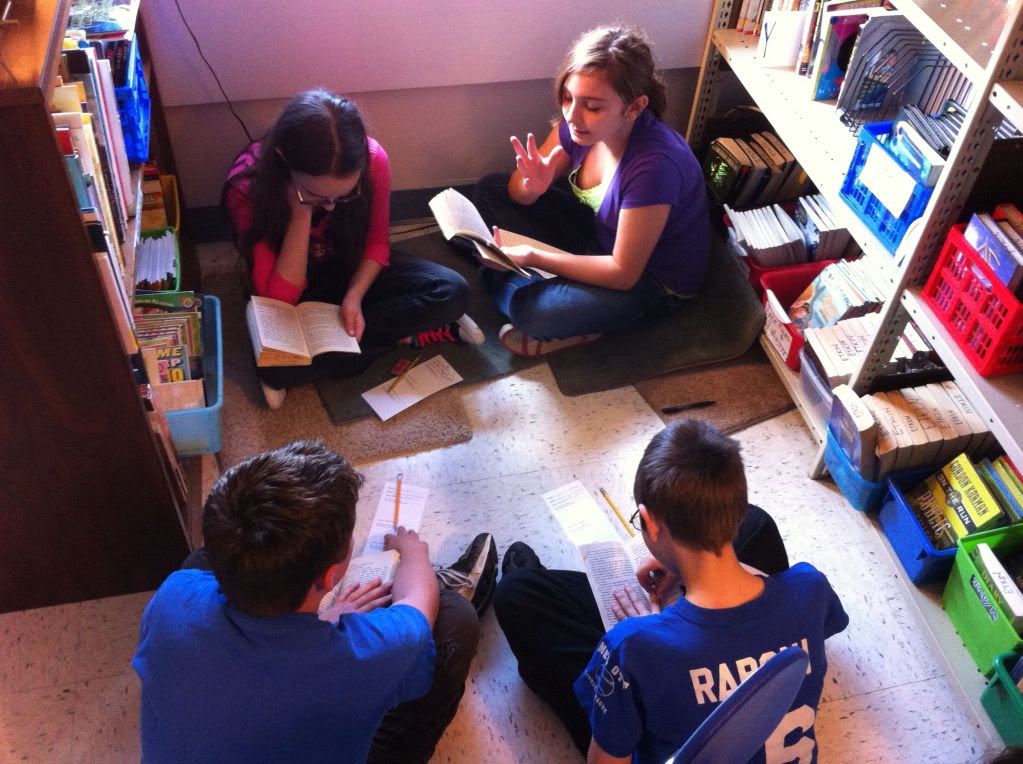 |
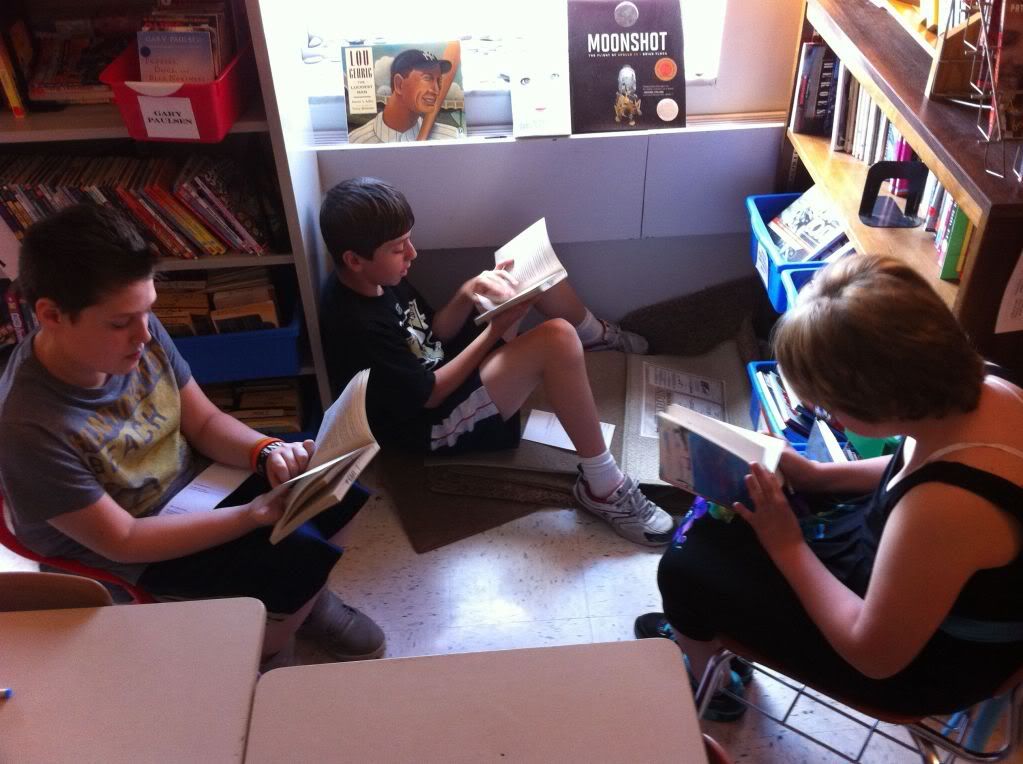 |
I read for
myself all the time. Oftentimes my reading is to find that next great book I
can recommend to a student at just the right time. (And with the Nerdy Book Club,
there are so many options.) But the books that are most memorable to me are the
books I’ve had the opportunity to discuss.
My colleague,
Brent Peterson, and I read Dead End in
Norvelt in partnership. We kept a simple goal of about 100 pages a week (we
were doing other reading, of course) and got together during a free period to
discuss. These were awesome discussions.
[You can follow these links to see our conversations… if you’re really interested. Talk
1. Talk
2. Talk
3.] We came prepared with some Post-it notes and lists of things we wanted
to talk about and off we went. The half hour was barely enough time. It was
great how we each brought different ideas and insights to the conversation.
Brent saw things that I never would have on my own. Discussing a book brought
it to life and made it more interesting than it would have been had either of
us read it independently.
Norvelt conversation #3
(Who else would have laughed with me about paraffin wax hands
and deterring deer with bodily functions?)
I think these conversations are why, though the public response to Norvelt has been lukewarm, Brent and I
liked it so much. You can get more of a summary of our conversation on our Nerdy Book Club Blog post.
Brent and I
also read and discussed Wonder a lot. And then we started passing it
along to others to read. My mom read it. Then my dad. Then my sister. Then her
book club. Then other reading teachers at my school. Students and their
parents. And we read it aloud to our students. (And finally my wife is reading
it.) And it was like Wonder became
part of the social fabric of my life. It was something I could talk about with
anyone around me. Family dinners were filled with conversation of Auggie and
Daisy and Via. Being able to then talk
with the Maker of these characters and this WONDERworld was awesome.
And
this---THIS---is why I want to persist in pushing my students into partnerships
and clubs. As I’ve told them, book clubs are social opportunities wrapped
around a book. (Hmmm… good pearl analogy there.) I want my students to
experience the joy of a book coming to life. Of understanding a book better together because they talked about and
cleared up confusions and saw things from different points of view. I want my
students to know the richness of literature.
I’m willing to deal
with a slacker reader/partner who doesn’t come prepared with the reading
complete or Post-it notes ready to discuss. Because I see so many other
students benefiting from rich conversations and thought building that they
wouldn’t have if they only read
independently.
I’m looking forward to next year and getting these partnerships and clubs underway earlier in the year. We are already discussing how to scaffold them—giving students smaller texts with which to practice before diving into a novel. I can’t wait to see my students blossom in their book discussions.
We have a great year of book conversations behind us, a better one ahead—and the state of Book Clubs is Strong.
Your turn:
Have you experienced reading as part of a partnership or
club? How did it add to your reading experience?
{resources}
Planning bookmark for clubs:
Evaluation form:
Thanks again to David for his great post. Maybe if we leave him lots of comments, he'll do it again for my blogiversary! *crosses fingers* Be sure to check out David's blog, Words Read & Words Written, for more great posts like this one!
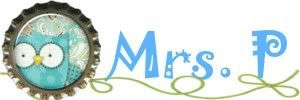










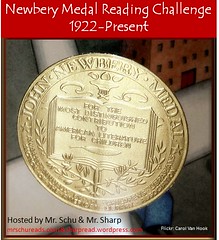



I almost forgot to mention all the conversations Brent and I had about the CHAOS WALKING trilogy. So many good ideas I wouldn't have had on my own.
ReplyDeleteWOW! That post was loaded with some GREAT information! I won't be teaching 6th grade reading next year (my choice)-I'll be teaching 5th and 6th grade history and cannot wait! :)Otherwise, I would definitely think about using some of that!
ReplyDeleteShannon
http://www.irunreadteach.wordpress.com
This will come in so handy for me next year!
ReplyDeleteCheck out my new blog- I am giving away a $25 gc to Target to celebrate!
http://everynewbeginningblog.blogspot.com/2012/05/25-target-gift-card-giveaway.html
yurtdışı kargo
ReplyDeleteresimli magnet
instagram takipçi satın al
yurtdışı kargo
sms onay
dijital kartvizit
dijital kartvizit
https://nobetci-eczane.org/
3AE
Moldova yurtdışı kargo
ReplyDeleteMoğolistan yurtdışı kargo
Mikronezya yurtdışı kargo
Mısır yurtdışı kargo
Melilla yurtdışı kargo
XNSPT
Meksika yurtdışı kargo
ReplyDeleteMayotte yurtdışı kargo
Mauritius yurtdışı kargo
Martinike yurtdışı kargo
Marshall Adaları yurtdışı kargo
BD5
Libya yurtdışı kargo
ReplyDeleteLiberya yurtdışı kargo
Lesotho yurtdışı kargo
Laos yurtdışı kargo
Kuzey Marina Adaları yurtdışı kargo
E80AO
Kuzey İrlanda yurtdışı kargo
ReplyDeleteKuveyt yurtdışı kargo
Kosta Rika yurtdışı kargo
Kosraey yurtdışı kargo
Güney Kore yurtdışı kargo
WT5LF